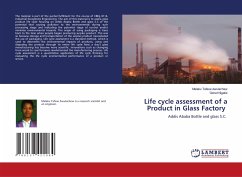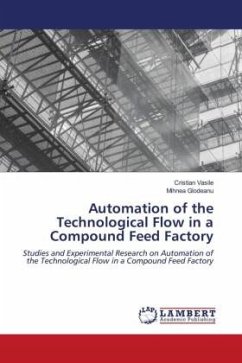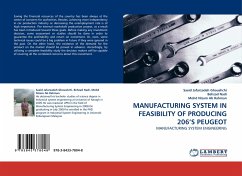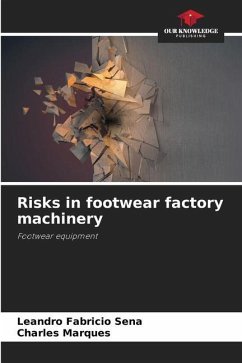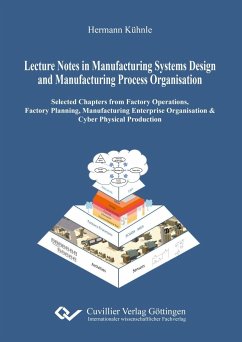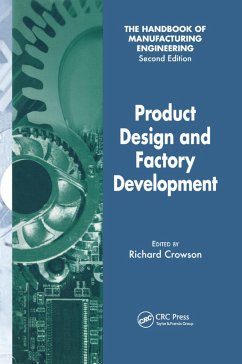
Optimization of High Technology Product Producing Factory
Versandkostenfrei!
Versandfertig in 6-10 Tagen
55,99 €
inkl. MwSt.

PAYBACK Punkte
28 °P sammeln!
The objective of this research is to justify the usage of buffers in High Technology Product Producing Factories (HTPPF) especially in the hard disk industry. This is significantly different from the trend in other industries such as canned food or car, where machines are joined and the process are continuous from start to end. In these latter industries, buffers are counted as stock and a waste, but in HTPPF, buffers are critical to enable research activities to achieve daily upgrade of the Key Quality Characteristics (KQC) of the product. This has enabled the hard disk industry to increase t...
The objective of this research is to justify the usage of buffers in High Technology Product Producing Factories (HTPPF) especially in the hard disk industry. This is significantly different from the trend in other industries such as canned food or car, where machines are joined and the process are continuous from start to end. In these latter industries, buffers are counted as stock and a waste, but in HTPPF, buffers are critical to enable research activities to achieve daily upgrade of the Key Quality Characteristics (KQC) of the product. This has enabled the hard disk industry to increase the data capacity of a 95mm diameter Al-NiP disk from 1 GB per platter in 1995 to 1 TB per platter 2013. A common trend among hard disk manufacturers, especially in Japan and Taiwan was to join up all the production machines with automation. This hampered research activities and explains why most of those factories have closed down. The assumption made by managers in those factories is that adedicated research line should be a good enough test bed for the research activities required to achieve the technological improvements to the products. This works shows why this assumption is wrong.



